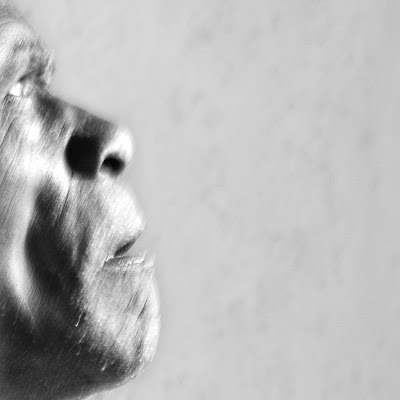An important documentary is opening in theatres around the country. Here is an article about “The Rape of Europa” that appeared in the Fall issue of the Jerusalem Post:
“The Nazi regime was not only the world's greatest murderer, but the biggest thief as well.
High on the list of loot were Europe's master paintings and sculptures, with failed artist Adolf Hitler and his avaricious henchman Hermann Goering personally spearheading the plunder.
More than 60 years after the fall of the Third Reich, the fallout from the great Nazi robbery is continuing, with thousands of art works still missing or sought by their original, largely Jewish, owners.
The story, as meticulously tracked in the two-hour documentary, The Rape of Europa, is complex, but even those unenthused by visits to galleries or museums will find the plotline riveting.
Numbers alone don't tell the story, but they are staggering. In total, the Nazis seized some 600,000 paintings, drawings, sculptures and Judaica artifacts during their 12-year reign, according to historian Jonathan Petropoulos of Claremont McKenna College, one the top experts on the subject.
As one small example, a detachment of the US Army's ‘Monuments Men’ found 6,500 paintings and sculptures in one Bavarian salt mine alone, and sent them to a collection point, which held 27 Rembrandt paintings.
Petropoulos said in an interview that up to 100,000 looted art works might still be missing, some destroyed, but others that may not be rediscovered for generations.
Hitler's obsession with art was as monumental, and as fervently anti-Semitic as his other manias. As a struggling young artist, Hitler was twice rejected for admission to Vienna's Academy of Fine Arts. The film's narrator ponders how the course of history might have been changed if Hitler had not been turned down by the academy's heavily Jewish faculty.
Hitler's revenge fantasy included the construction of a grandiose Fuehrer Museum in his hometown of Linz to house the greatest of his looted art works. Up until his last hours in his Berlin bunker, Hitler reworked his delusional plans for the museum.
Rape Of Europa opens and closes with shots of Maria Altmann, the 91-year old Los Angeles resident, who battled the Austrian and American governments for seven years to recover five paintings by Gustav Klimt, taken from her Viennese family and valued at $300 million.
In one of the landmark cases in the history of looted art, E. Randol Schoenberg, Altmann's lawyer, took the case up to the U.S. Supreme Court and won.
The film is the work of three San Francisco-based veterans of PBS documentaries, Richard Berge, Bonni Cohen and Nicole Newnham. Cohen is also the founder of Actual Films, which produced Rape of Europa, and she and her colleagues worked eight years on the documentary, basing it on Lynn H. Nicholas' book of the same title.
The filmmakers have crammed a remarkable amount of information and historical context into their work, enlivened by vintage footage of Hitler and other Nazi art connoisseurs and the work of Allied recovery teams.
Among the most vivid images is a ghost-like Louvre in Paris in 1939, emptied of its 35,000 works of art in advance of the German onslaught. Another is the picture of cheering Florentines, lining the streets to welcome the return, on U.S. Army trucks, of the city's looted paintings.
The saga is not over yet. Many paintings will likely never be recovered and the tedious work of returning others to their original owners is still continuing.”

















 Lynne Melcher is a textile and dinnerware designer, whose collections have been carried by, among others, Crate and Barrel and Williams Sonoma. About a year ago she decided to delve into the world of filmmaking, a medium that has always fascinated her. After taking a few workshops and classes, she packed up her video gear and accompanied us to Uganda this past December to make a documentary about Change the Truth.
Lynne Melcher is a textile and dinnerware designer, whose collections have been carried by, among others, Crate and Barrel and Williams Sonoma. About a year ago she decided to delve into the world of filmmaking, a medium that has always fascinated her. After taking a few workshops and classes, she packed up her video gear and accompanied us to Uganda this past December to make a documentary about Change the Truth. Saka
Saka Joseph
Joseph Habib
Habib Gloria
Gloria Emanuel Vincent
Emanuel Vincent
















